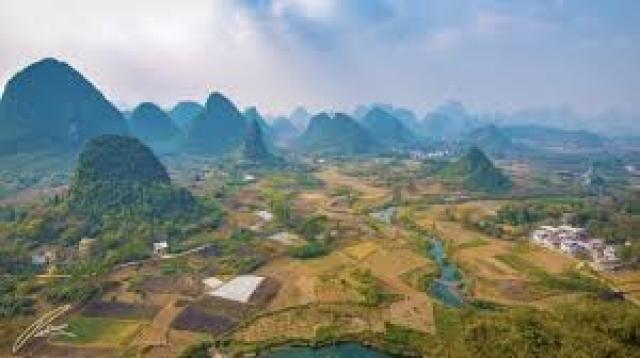Oceans and continents exemplify the highest-order landforms. Landform elements are parts of a high-order landforms that can be further identified and systematically given a cohesive definition such as hill-tops, shoulders, saddles, foreslopes and backslopes.
Terrain or relief is the third or vertical dimension of land surface. Topography is the study of terrain, although the word is often used as a synonym for relief itself. When relief is described underwater, the term bathymetry is used. In cartography, many different techniques are used to describe relief, including contour lines and TIN.
Elementary landforms are the smallest homogeneous divisions of the land surface, at the given scale of resolution. These are areas with relatively homogeneous morphometric properties, bounded by lines of discontinuity. A plateau or a hill can be observed at various scales ranging from few hundred meters to hundreds of kilometers. Hence, the spatial distribution of landforms is often scale-dependent as is the case for soils and geological strata.
A number of factors, ranging from plate tectonics to erosion and deposition, can generate and affect landforms. Biological factors can also influence landforms.
Landforms do not include man-made features, such as canals, ports and many harbors; and geographic features, such as deserts, forests, and grasslands. Many of the terms are not restricted to refer to features of the planet Earth, and can be used to describe surface features of other planets and similar objects in the Universe. Examples are mountains, hills, polar caps, and valleys, which are found on all of the terrestrial planets.

